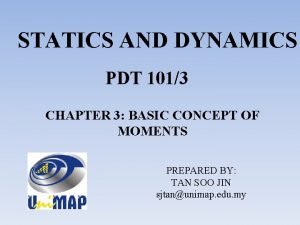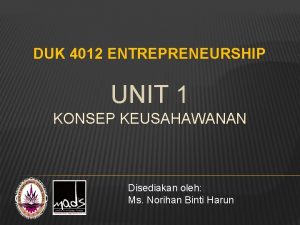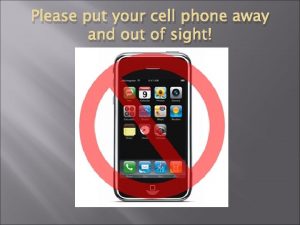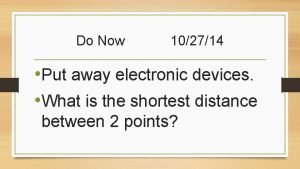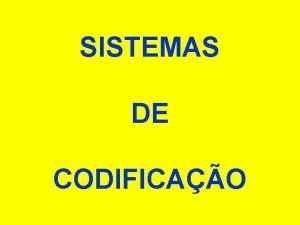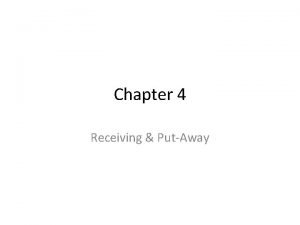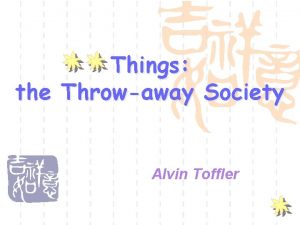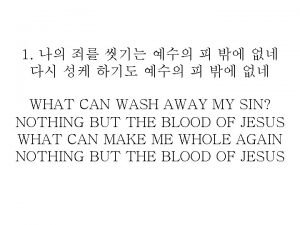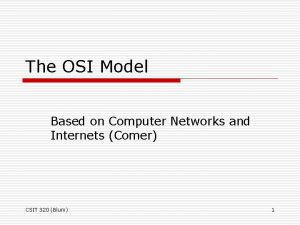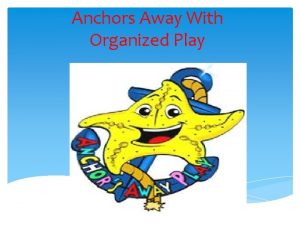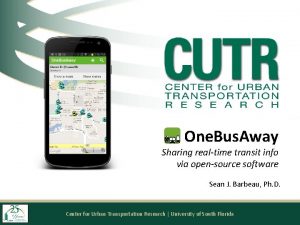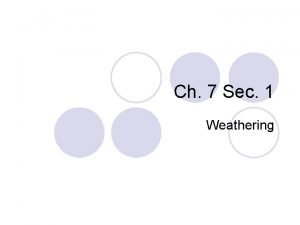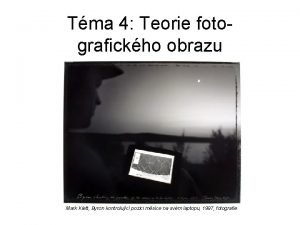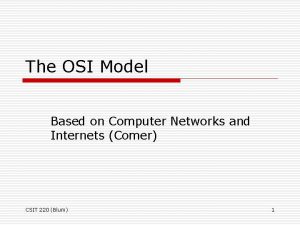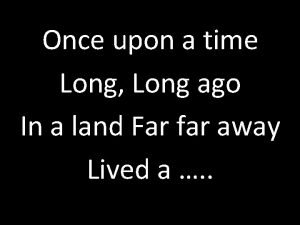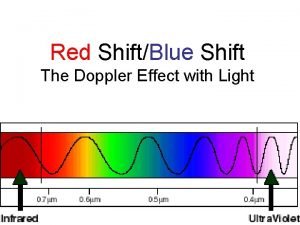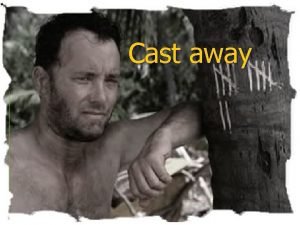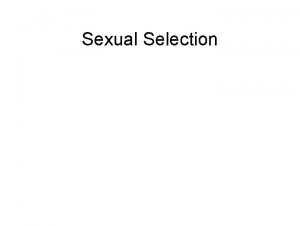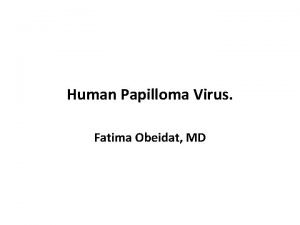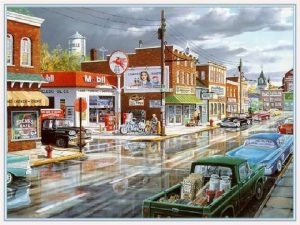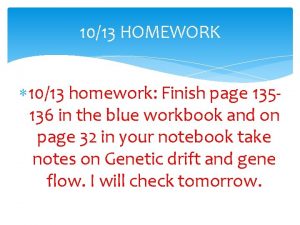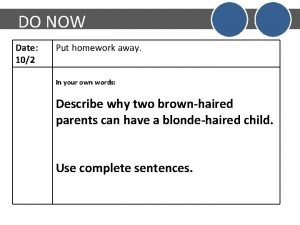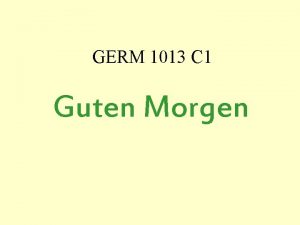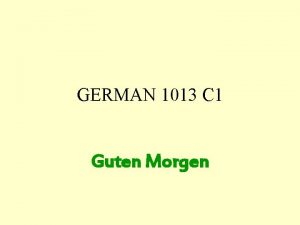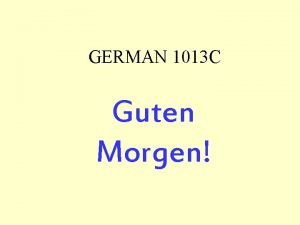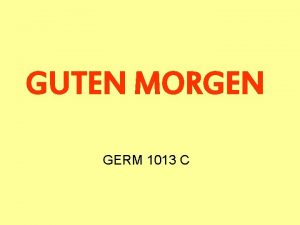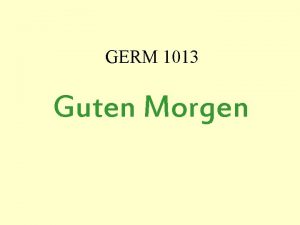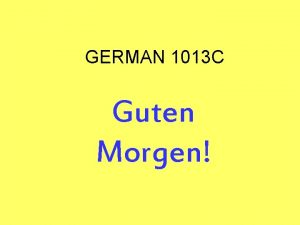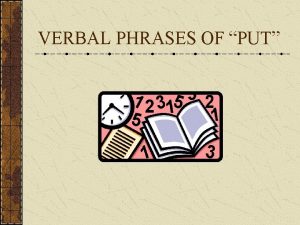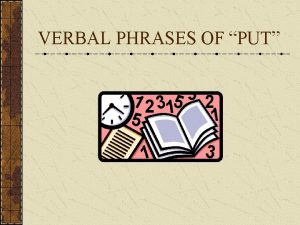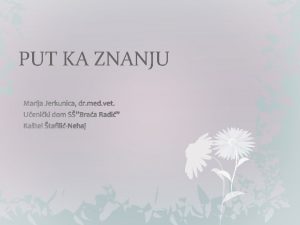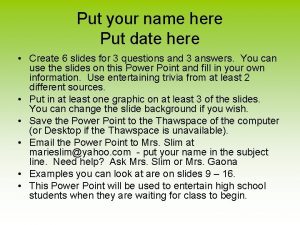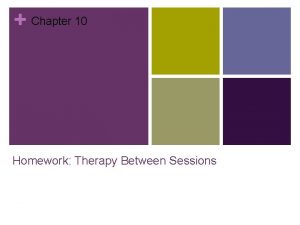DO NOW Date 1013 Put homework away In













































- Slides: 45

DO NOW Date: 10/13 Put homework away. In your own words: Describe why two brown-haired parents can have a blonde-haired child. Use complete sentences.

ESSENTIAL QUESTION: How are traits passed from parents to offspring (children)? OBJECTIVES: -Trait Bracelets -Vocabulary T-Charts

• DNA and Chromosomes

Chromosome Bracelets 1) Create a Chromosome with two pipe cleaners 2) Select beads that represent your traits and put them on your bracelet HAIR COLOR: Black/Brown: 1 Blue, 1 Green Blonde: 2 green HAIR TEXTURE: Curly Hair: 1 Red, 1 Orange Straight : 2 Orange

Vocabulary T-Charts • • • pg 47 USE YOUR TEXTBOOKS PGS 218 -219 OR GLOSSARY TO FILL IN THE INFORMATION

EXIT TICKET page 48 Refer to your bracelet, and answer the following questions: • Is your genotype for hair color heterozygous or homozygous? • Which allele is dominant and which is recessive? • How do you know?

DO NOW Date: 10/14 & 10/15 Describe homozygous and heterozygous alleles in your own words. Use textbooks or notes.

ESSENTIAL QUESTION: How are traits passed from parents to offspring (children)? OBJECTIVES: -Finish Vocabulary T-charts -Genotype/Phenotype Activity -Dragon Fly Genetics

Observing Traits pg Glue this chart on page 51 in your notebooks Trait Hair Color Tongue Rolling Eye color Hair texture Hairline Type of earlobe Shape of little finger Shape of nose Your phenotype Your Genotype

Observing Traits Use the pictures on the sheets at your table to fill in your phenotypes and genotypes.

One Sentence Summary pg 33 Read each paragraph and record a one sentence summary under your trait chart. 1) Genes are ______________ 2) Dominant genes ___________ 3) Recessive genes ____________.

Traits Practice pg Copy these parent alleles on the top of page 50 of your notebook no

Traits Practice • Answer the following questions on page 50 of your notebook in complete sentences. 1. Which parent gave the brown hair allele for hair color? 2. What is the phenotype of the offspring’s hair color? 3. What is the phenotype of the offspring’s hairline on their forehead? 4. Will the offspring be able to roll his/her tongue? How do you know?

Dragonfly Genetics le a M les e All le a m Fe leles Al What is the code? (ee) What does it look like? (white eyes) What does the baby dragonfly look like?

DO NOW Date: 10/17 Q: How are traits passed from parents to offspring (children)? How are the genotype and phenotype of an organism related?

ESSENTIAL QUESTION: How are traits passed from parents to offspring (children)? OBJECTIVES: -Brainpop-Heredity -Punnett Square Activity -Exit Ticket

Brainpop Heredity

Punnett Squares Father’s genotype – on side of square Mother’s genotype – on top of square Mother’s Genotype Father’s Genotype Punnett Square – a chart used to show four possible ways that genes can be combined when passed from parents to offspring as a result of reproduction. Allele 1 Allele 2 Offspring Possibility #1 Offspring Possibility #2 Offspring Possibility #3 Offspring Possibility #4

Important to know before getting started: Female Male

Punnett’s Square Scientists use a Punnett’s square to determine the possible genetic outcomes for the offspring that result from the combination of the parent’s genes.

We will use the Punnett’s Square to determine the offspring of guinea pigs. The offspring will either be black or white. bb BB Black colored fur is the dominant trait.

Generation 1 B B b b In this case we have a dad with black fur and a mother with white fur. Because black is the dominant gene, we write it with a capital ‘B’.

Generation 1 B B b b White fur is a recessive trait. It is written with a lowercase ‘b’. It does not matter what letter we choose to represent a gene, but capital letter is always dominant and lowercase is always recessive.

Generation 1 B b B Bb b To complete the Punnett’s square we combine the gene from mom with the gene from dad. We always write the dominant gene first.

Generation 1 B b B Bb b We write the dominant gene first because it “masks” the recessive gene. Therefore, the color of the guinea pig with the genes Bb would be black.

Generation 1 B b B Bb b Copy this Punnett’s square into your notebook. Try and fill out the remaining offspring on your own. When you are done, go to the next slide.

Generation 1 B B b Bb Bb We say an individual is heterozygous when it has two different genes. What percentage of these offspring are heterozygous?

Generation 1 B B b Bb Bb 100% are heterozygous black. We will now take one female and one male from this generation to cross for our second generation.

Here are two of the offspring in our first generation. Bb Bb If these two were to mate, what would be the traits of their offspring?

Generation 2 B b What will the gene combinations be for these offspring? Copy this into your notebook and try to fill out the Punnett’s square. Continue when you are done.

Generation 2 B b B BB Bb Bb bb b We have completed is the genotype for all the offspring. Genotype refers to the gene combination that an individual has. Can you figure out what the phenotype of these offspring will be?

Generation 2 B b B BB Bb Bb bb black white black b black What you have just determined is called the phenotype. The phenotype is what we see as a result of an individual's genes.

Generation 2 B b B BB Bb Bb bb b We say an individual is homozygous when it has two of the same genes. Can you find a homozygous black guinea pig?

Generation 2 This individual is homozygous black. B b B BB Bb Bb bb b The entire Punnett’s square represents all possible outcomes. That means each small box represents 25% of the offspring. What percentage of the offspring are homozygous black?

Generation 2 B b B BB Bb Bb bb b 25% of the offspring are homozygous black. Try the next two on your own: ____% are homozygous white ____% are heterozygous black

Generation 2 B b B BB Bb Bb bb b 25% are homozygous black. 25% are homozygous white 50% are heterozygous black Notice: This will always add up to 100%.

Now we will examine some human traits. Earlobes can be either unattached (A) or attached (a) Unattached A Attached a The unattached earlobe is the dominant trait. The attached earlobe is the recessive trait.

Earlobes e e E e Copy this Punnett’s square into your notebook. Determine both the genotype and phenotype. What percent of offspring will have attached earlobes?

Earlobes e e E Ee Ee e ee ee 50% percent of offspring will have attached earlobes.

The ability to curl your tongue is also genetic. Tongue curling is the dominant trait. Non-curling is the recessive trait.

Tongue Curling T t T T Copy into your notebook and complete the Punnett’s Square. What percentage of offspring will be able to curl their tongue?

Tongue Curling T t T TT Tt 100% percent of offspring will be able to curl their tongues.

Punnett Square – example • Top left box = Mother’s first allele, Father’s first allele • Top right box = Mother’s second allele, Father’s first allele • Bottom left box = Mother’s first allele, Father’s second allele • Bottom right box = Mother’s second allele, Father’s second allele

Use this chart of cat traits to complete your page 182 -184 Punnett Square activity.

Exit Ticket • Create a concept map using the following words: Cell phenotype Nucleus genotype Chromosomes allele Genes Passing of traits Sections of DNA
 A force of 800n acts on a bracket as shown
A force of 800n acts on a bracket as shown Konsep keusahawanan
Konsep keusahawanan Meredith nelson dan neck 1982
Meredith nelson dan neck 1982 Go away spooky ghost
Go away spooky ghost Eligibility for dividend
Eligibility for dividend Record date dividends
Record date dividends Put your books away
Put your books away Put your cell phone away
Put your cell phone away Put your cell phone away
Put your cell phone away He was first john kellmayer
He was first john kellmayer Please put away your books and come here
Please put away your books and come here Stage out logistica
Stage out logistica Receiving and put-away
Receiving and put-away Newspeak
Newspeak Homework i love you poem
Homework i love you poem Homework oh homework i hate you you stink
Homework oh homework i hate you you stink Homework oh homework i hate you you stink
Homework oh homework i hate you you stink Homework oh homework
Homework oh homework Literal language example
Literal language example Jack prelutsky homework oh homework
Jack prelutsky homework oh homework Please put your homework my desk
Please put your homework my desk Put out that light
Put out that light You put your right foot in you put your right foot out
You put your right foot in you put your right foot out Now i see it now you don't
Now i see it now you don't Things the throw away society by alvin toffler
Things the throw away society by alvin toffler What can wash away my sin
What can wash away my sin Study away monash
Study away monash Don't throw sausage pizza away
Don't throw sausage pizza away Anchors away play
Anchors away play Onebusaway tampa
Onebusaway tampa The process by which outer rock layers are stripped away
The process by which outer rock layers are stripped away A christmas carol stave 4
A christmas carol stave 4 Henry peach robinson fading away
Henry peach robinson fading away Don't throw sausage pizza away
Don't throw sausage pizza away Once upon a time long ago
Once upon a time long ago Doppler definition
Doppler definition Chuck noland character analysis
Chuck noland character analysis But a better butter makes a batter better figure of speech
But a better butter makes a batter better figure of speech In a kingdom far far away
In a kingdom far far away What can wash away my sin
What can wash away my sin Don would always open the mail throw away the junk mail and
Don would always open the mail throw away the junk mail and Run away selection
Run away selection Does hpv go away
Does hpv go away Gap year jackie kay analysis
Gap year jackie kay analysis Once upon a time long ago and far away
Once upon a time long ago and far away Whitney houston each day i live
Whitney houston each day i live
